Aswan High Dam
he High Dam was built 1960, and it was the most heralded part of President Gamal Abdel Nasser’s effort to ...
This site, Abu Simbel Temples, south of Aswan along Lake Nasser’s shore is the most famous in all of Egypt after the Giza Pyramids. Built by the greatest of the pharaohs, Ramesses II, which made it also known as the Temple of Ramses II or Ramesses II, these huge rock-cut temples marked the southern boundary of the Egyptian Empire with Nubia at the peak of its power during the New Kingdom.
They were meant to convey the power of Egypt’s rulers to anyone who laid eyes upon them. The four statues guarding the doorway to the larger of these temples are the largest sculptures that survive from the ancient Pharaonic era.
The Abu Simbel Temples are located at Abu Simbel, a small village of Aswan in Upper Egypt near the border with Sudan on the western bank of Lake Nasser.
The twin temples were built to serve as a lasting monument to the king and his queen Nefertari, and commemorate his victory at the Battle of Kadesh.
After being lost form civilization for a while, the Abu Simbel Temples was rediscovered in 1813 by Swiss explorer John Lewis Burckhardt. The temples had long been forgotten and the sands of the desert had covered all but the tops of the heads of the huge statues in front of their entrances.
Since 1909 when the sand was finally cleared away, these twin temples have become the most famous site in Egypt’s south.
As a result of the rising waters of the Nile River that were about to result from the construction of the Aswan High Dam, the twin temples of Abu Simbel were under a threat. The Temples of Abu Simbel were relocated in order to rescue the ancient temples from the waters of the Nile.
The Abu Simbel Temples were dismantled and relocated in 1968 on the desert plateau 64 meters above and 180 meters west of their original built site. Moving the temples was not a job; it was massive work. It included cutting the temples into pieces between 3 to 20 tons in weight and reassembling them precisely as they were at the new site. It took almost five years to finish the relocation.
There are two temples. The first one is the Great Temple which is dedicated to Ramesses II himself and the second temple, Small Temple, which is dedicated to his wife Queen Nefertari.
The Great Temple at Abu Simbel took around twenty years to build. Also known as Temple of Ramses II, it was dedicated to the gods Amun, Ra-Horakhty, and Ptah, as well as to the Great King Ramesses himself. It is generally considered the grandest and most beautiful of the temples commissioned during Ramesses II’s reign, and one of the most beautiful in Egypt.
The entrance to the Great Temple is flanked by four colossal statues on its facade, 20 m statues, each one representing Ramesses II seated on a throne. The façade of the main temple is decorated with hieroglyphs that commemorate the great victory of Ramses II at the Battle of Kades.
Upon entering the great temple, there are a series of rooms, dedicated to Ramses himself and important members of his family. The final room, the sanctum sanctorum, remains in darkness every day except two days a year. This was not done by chance, it was necessary a broad knowledge of science, mathematics, architecture, and astronomy to achieve this result.
The second temple, the Small Temple, is dedicated to the goddess Hathor. Although significantly smaller than the first, it was built to honor Ramses' favorite wife, Nefertari. The queen appears on an equal footing with the pharaoh. It’s also known as the Temple of Hathor and Nefertari.
The rock-cut façade of the temple is decorated with two groups of colossi that are separated by the large gateway.
The larger temple is aligned with the sun, so twice a year the sun shines in its deepest recesses to illuminate a statue of Ramses and the gods to which the temple is dedicated.
The ancient architects positioned the temple so that sunlight reached the room on February 22, the anniversary of his accession to the throne and on his birthday, October 22. On these two dates, the sun rises and illuminates the temple corridor, and three of the four statues in the sanctuary. The first three statues are of Pharaoh Ramses II, Ra (the god of sun), and Ammon (the king of the gods). Ramses was included with the gods because, like the other pharaohs, he considered himself a god. The fourth statue remains in darkness because it represents Ptah, the god of darkness. This statue has never seen sunlight in more than 3,200 years.
Twice a year, people from around the world gather at the Temples of Abu Simbel to celebrate the ancient Egyptians and all that they accomplished. Aptly named Sun Festival, the central chamber of the temple is illuminated by the sun.
The Abu Simbel Sun Festival takes place on February 22nd and October 22nd of every year to much fanfare with several thousand people gathering early in the morning to see this testament to the knowledge and skill that the ancient Egyptians possess in order to align the temple so perfectly.
The temples are located several hours drive, south of Aswan, but most tourists actually arrive at Abu Simbel by plane. The flight from Aswan is only 30 minutes and there are two flights a day, timed so that tourists will have about two hours to spend at the temples.
It is also possible to visit Abu Simbel by joining a Lake Nasser cruise. These ships moor just in front of the temples so that passengers have a chance to see the temples by moonlight and in the early morning light.
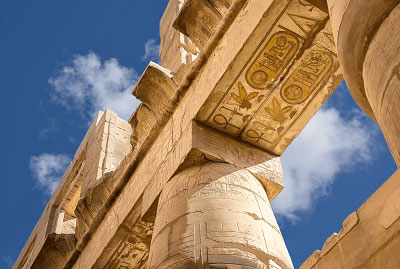
Safaga Shore Excursions Tours: One day tour Safaga to Luxor Visiting the Highlights of luxor West and East Bank that includes a visit to Valley of the Kings, Hatshepsute Te...
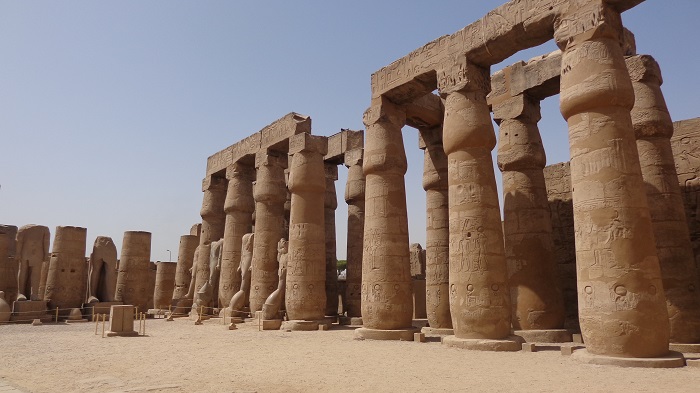
Safaga Shore Excursions: Overnight trip to Luxor from Safaga port visiting Luxor Temple, Karnak temples and Valley of the Kings and more. You are going to have a private to...
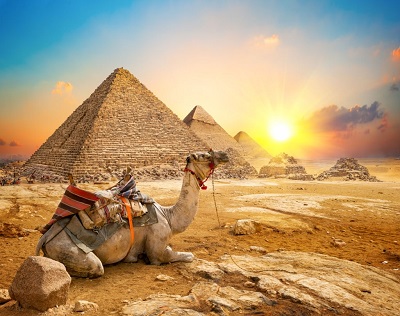
Safaga Shore Excursions: Private tours from Safaga Port Visiting Cairo and luxor for 2 Days 1 night visiting Giza Pyramids in cairo ,Luxor Temple,Valley of Kings and Coloss...
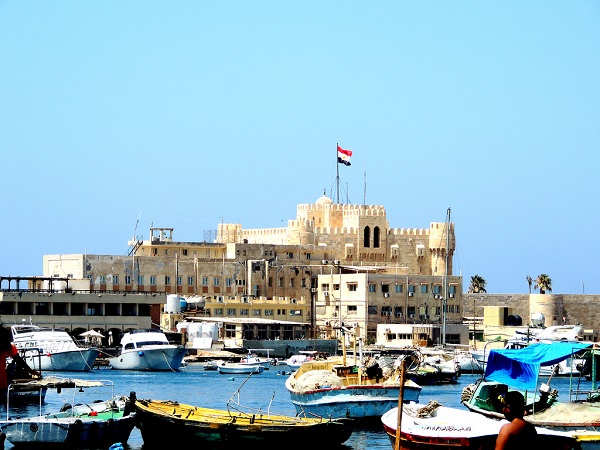
Enjoy Cairo To Alexandria Day Trip, Visiting rock-cut Roman catacombs, the ruins of a Roman temple complex, and Qaitbey Citadel. Visit the old Bibleotheca Alexandrina and e...
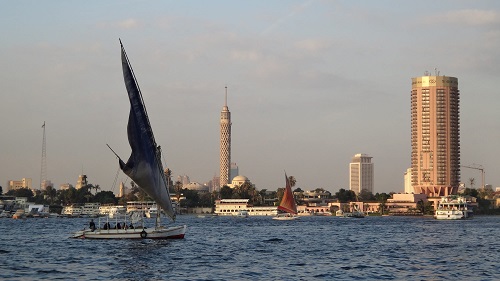
Waft along the fabled River Nile in time-honored Egyptian style on a private 60-minute 'felucca' boat ride in Cairo. Settle aboard a comfortable, white-sailed '...
Your entire vacation is designed around your requirements with expert guidance every step of the way.
Speak with our Egypt specialists for your perfect luxury journey.